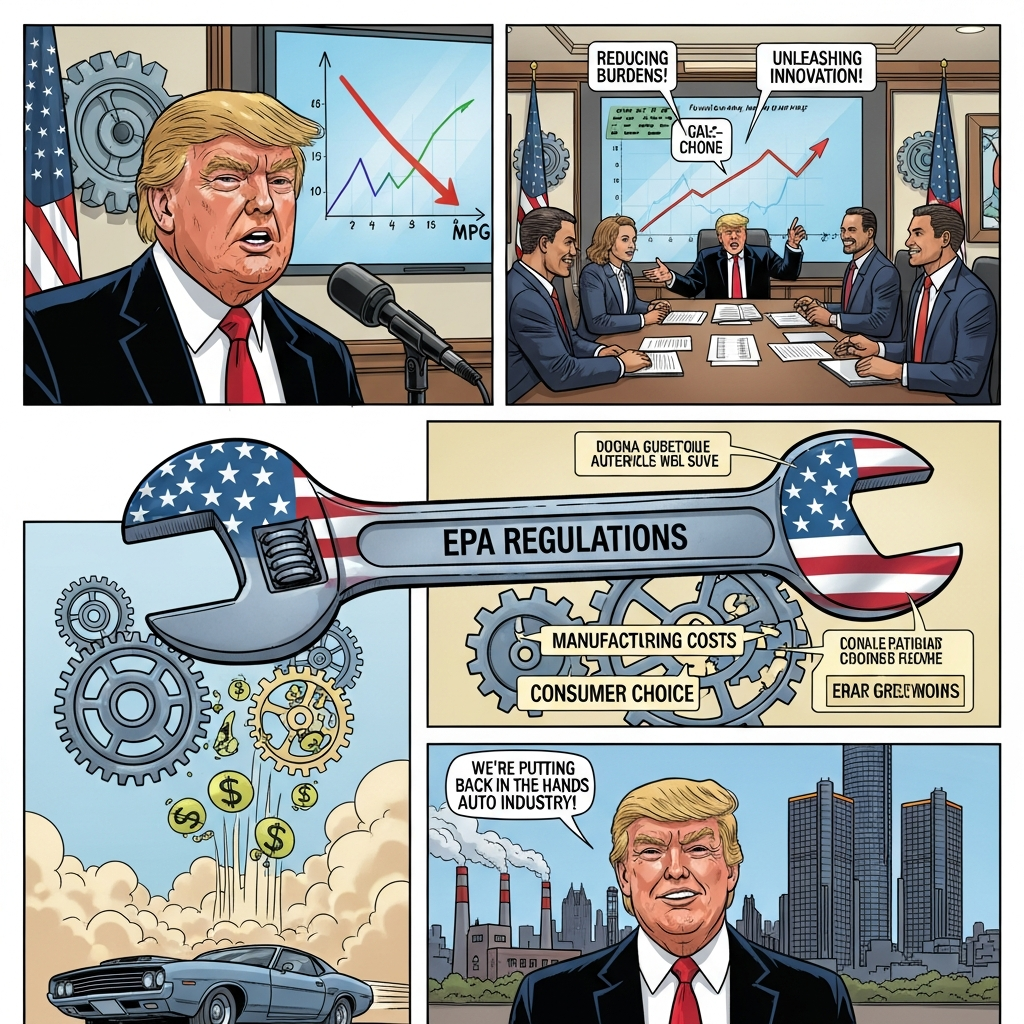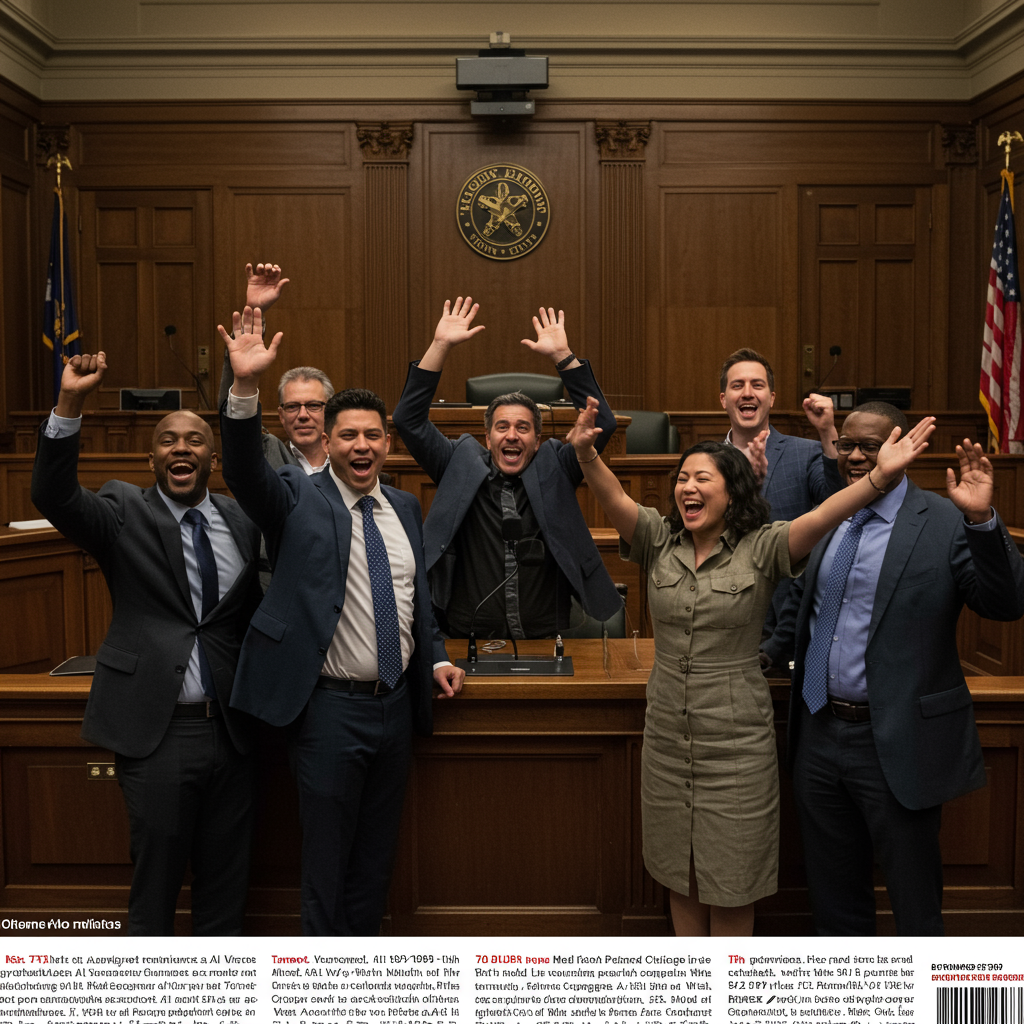Speaking candidly at a high-profile international forum, Federal Reserve Chairman Jerome powell stated that President Donald Trump’s substantial tariffs prevented the U.S. central bank from lowering interest rates. Powell explained that the scale of these trade barriers significantly increased inflation forecasts across the board for the United States economy. This unexpected consequence led the Fed to pause its plans for monetary easing, opting instead for a period of watchful waiting amid the resulting economic uncertainty. The chairman’s remarks highlight the complex interplay between trade policy and monetary policy, offering key insight into the central bank’s decision-making process during a period of intense political pressure.
Tariffs’ Impact on Fed Policy: A Direct Link
The economic landscape shifted dramatically with the implementation of President Trump’s tariffs on key trading partners. This aggressive trade policy introduced deep and persistent uncertainty for global markets and American businesses. Companies struggled to forecast costs and plan investments when faced with potentially shifting duties, sometimes announced impulsively.
During a panel discussion at the European Central Bank’s annual forum in Sintra, Portugal, Bloomberg News anchor Francine Lacqua asked Chairman Powell if the Fed would have initiated more rate cuts sooner without the tariffs. “So I do think that’s right,” Powell affirmed. He explained that upon observing the significant size and scope of the new tariffs, the Fed effectively “went on hold.” This pause was a direct response to the projection that “essentially all inflation forecasts for the United States went up materially as a consequence of the tariffs.”
Powell defended the Fed’s cautious stance. He stressed the central bank “didn’t overreact.” In fact, he noted, they “didn’t react at all” in the immediate term. Instead, they chose to “simply tak[e] some time” to properly assess the situation and its potential economic repercussions.
Navigating Uncertainty and Defending Independence
Jerome Powell has consistently defended the Federal Reserve’s independence from political influence. This position became increasingly critical under the Trump administration, which frequently and aggressively pushed for lower interest rates. Despite relentless criticism from the president and his allies, Powell maintained the central bank’s autonomy and its decision to hold rates steady.
He emphasized the importance of patience in evaluating the tariffs’ true impact. “As long as the U.S. economy is in solid shape,” Powell stated, “the prudent thing to do is to wait and learn more and see what the effect might be.” He acknowledged that the tariffs’ effects hadn’t fully materialized as of yet, which was not entirely unexpected. The exact timing, amount, and duration of the import taxes’ ultimate impact on the economy remained highly uncertain, he noted, potentially being either greater or less than initially anticipated.
The central bank operates under a dual mandate: achieving maximum employment and stable prices (controlling inflation). Powell reiterated that these two goals are the sole focus for him and the Federal Open Market Committee (FOMC), the body responsible for setting interest rates.
Political Pressure and International Solidarity
President Trump’s criticism of Powell and the Fed’s monetary policy was exceptionally harsh and public. Just ahead of Powell’s comments, Trump renewed his rebukes, suggesting that “anybody” would be a better Fed chief. He later escalated his personal attacks, reportedly calling Powell “a moron” while speaking to reporters aboard Air Force One.
When asked about the impact of such personal attacks, Powell offered a simple response. He stated he remained “very focused on just doing my job.” His steadfast commitment to the Fed’s mission, despite the political firestorm, earned him applause from the central banking community gathered in Sintra.
Other central bank leaders present echoed support for Powell’s handling of the situation. European Central Bank President Christine Lagarde commented that she believed her colleagues would respond “exactly the same thing as our colleague Jay Powell does” if facing similar pressure. Governors from the central banks of Korea and Japan also expressed their agreement, drawing further applause from the audience. This show of solidarity underscored the global central banking community’s shared value of independence from political interference.
The Fed’s “Wait-and-See” Approach and Future Outlook
The Federal Open Market Committee (FOMC) had maintained its benchmark interest rate range since December, holding steady for the fourth consecutive meeting prior to Powell’s July remarks. Powell stated clearly that any decision on future rate adjustments would “depend on the data.” This data-dependent approach means the Fed evaluates incoming economic information, including inflation figures, employment data, and the ongoing effects of trade policies, before making policy changes.
Market participants closely watch Fed communications for clues about future monetary policy. At the time of Powell’s Sintra comments, market expectations, as reflected by tools like the CME FedWatch, priced in only a modest probability of a rate cut at the upcoming July meeting. While some analysts, such as those at Bank of America, even predicted no rate cuts at all for the year, the majority of FOMC participants’ projections still suggested that initiating rate cuts at some point in the latter half of the year might be appropriate.
The discussion also touched upon the leadership future at the Fed. Treasury Secretary Scott Bessent had recently indicated that administration officials were considering appointing the next Fed chair to fill the earliest available board seat, potentially as early as October or November 2025. Powell’s term as Chairman concludes in May 2026, though he could legally remain on the Fed’s Board of Governors until January 2028. Powell declined to comment on his personal future plans beyond his current term as chair, stating his primary focus is to “hand over to my successor an economy in good shape.”
The persistent tension between the White House’s desire for lower rates and the Fed’s cautious, data-driven approach, complicated significantly by the economic ripple effects of the tariffs, continues to shape the monetary policy outlook. Powell’s explicit link between the tariffs and the decision to pause rate cuts provides critical context for understanding the Fed’s actions and the challenges it faces.
Frequently Asked Questions
Why did President Trump’s tariffs prevent the Fed from cutting interest rates?
Federal Reserve Chairman Jerome Powell explained that the significant scale of the tariffs implemented by President Trump directly caused inflation forecasts for the U.S. economy to increase materially. The Fed’s primary goal includes maintaining price stability (controlling inflation). When projections for inflation rose significantly due to the expected impact of the tariffs on import costs, the Fed decided to pause its plans for lowering interest rates. They chose this “wait-and-see” approach to assess the actual effects on inflation and the broader economy before making policy changes.
Where did Jerome Powell make these specific comments about tariffs and interest rates?
Jerome Powell made these comments while participating in a panel discussion at the European Central Bank’s annual forum. This forum was held in Sintra, a town located in Portugal. The event brought together central banking leaders and economists from around the world to discuss current economic challenges and monetary policy approaches.
Should markets expect the Federal Reserve to cut interest rates soon based on these comments?
Based on Powell’s comments, the decision for future interest rate cuts remains dependent on incoming economic data. Powell stated that any rate cut decision would “depend on the data” as it evolves. While market expectations at the time suggested only a low probability of a cut at the immediate upcoming July meeting and varied predictions for the rest of 2025, Powell indicated that a majority of the FOMC members believed rate cuts might be appropriate at some point later in the year. However, the significant uncertainty caused by the tariffs and other economic factors means the Fed continues to take a meeting-by-meeting approach, avoiding commitments to a specific timeline.



